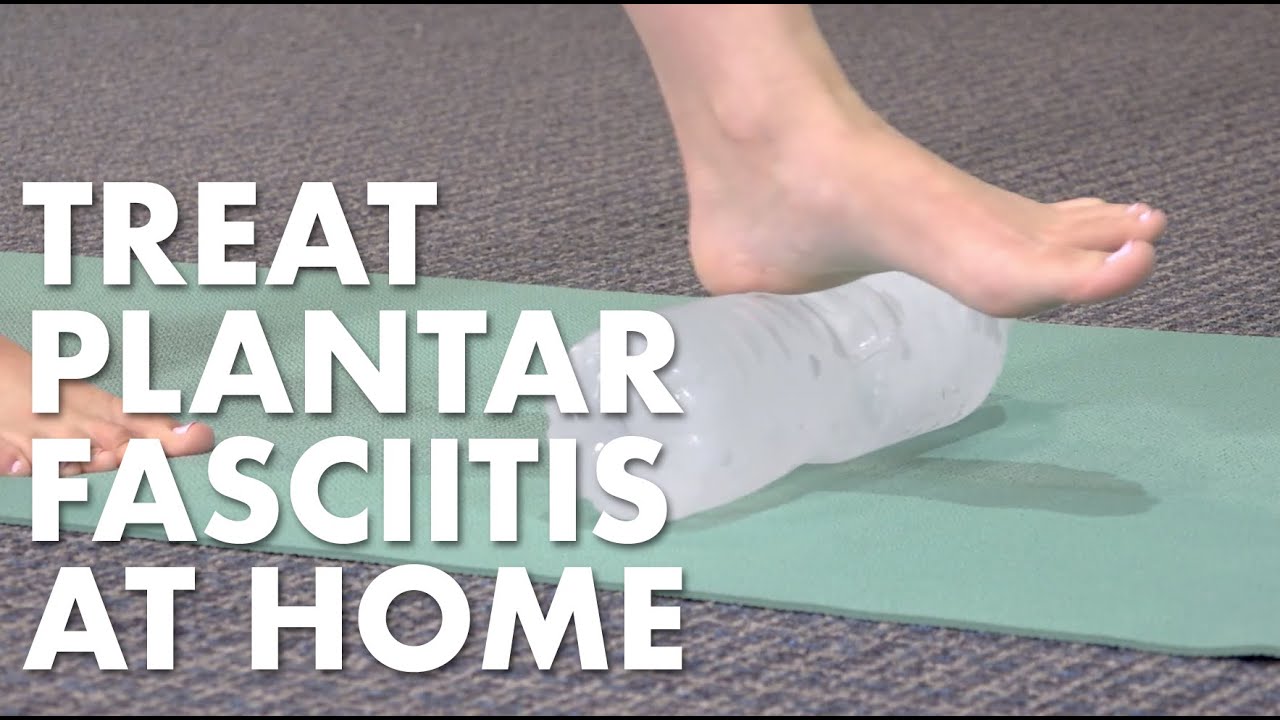
Many doctors believe plantar fasciitis is caused by the wear and tear on the plantar fascia tendons. The cause of plantar fascial pain is still uncertain. A study by a group of researchers from the Mayo Clinic and Duke University Medical Center found that chronic stress in the plantar fascia occurs in nearly 40% of the patients with plantar fasciitis. A 2020 study found that the condition could include changes in hormones, or just increased stress in the daily activity. The plantar fascia tendons undergo a great deal of stress in your everyday life.
The plantar fascia tendons are made up of several layers of tissue. The primary layers are the fascia lata fasciae. The fascia lata has three layers and the fascia fasciae have two layers. The skin surrounding the plantar fascia is thicker at the bottom than at the top. At the bottom, you will see three tendons which are called the plantar fascia. The fasciae lata consists of six bones that are connected to the upper part of the heel bone by ligament.
Tendonitis results from damage to the tendon sheath or tendon fascia. The injury to the plantar fascia is most likely caused by poor arch support or by running on an uneven surface, among other things. Overuse or over-exertion on the plantar fascia is what causes the majority of plantar fascial pain.
There are also some other causes for plantar fascial pain. Some people suffer from plantar fascial syndrome, which is a combination of the above conditions. Some people have the symptoms but not have any symptoms, while others are totally free of the symptoms and do not get any pain at all.
If you suffer from plantar fascial pain and foot disorders, then you should go to your doctor. The doctor will test your muscles and give you treatment options.
You may get plantar vascular injuries from a slip or a heel sprain. from slipping when running. This type of injury will occur if you are putting too much force on the back of your foot while you are running.
Heel Spur are also common plantar vascular injuries. Heel spurs occur when there is an increase in the force with which you walk on the ball of the foot when you walk on it and heel spurs are due to arthritis.

Heel Spur will cause pain on the bottom of the heel or the outer edge of the heel. A heel spur is typically caused by over-pronation.
Another plantar vascular disorder is called Achilles Heel Strut. Achilles Heel Strut is a condition where the heel muscle stretches out of place and causes pain in the front of your ankle and in your heel.
This pain can be very intense and unbearable. To relieve pain, warm up your ankle before running.
Warm up by jogging or jogging first, and then continue running. This will help you stretch your muscles, ankle, and calves more. Then you can start running or jogging.
Then cool down. The last thing you want to do is run faster.
Never run on ice. You may feel some relief if you feel a little relief with the ice pack, but if it's really bad, you shouldn't be running on ice. This will further aggravate the injury.
In general, if you have a problem with plantar fasciitis, you should avoid shoes that are too tight or too loose. Shoes with large arched support and too much space can make the problem worse, so avoid this.
If you have to wear too tight shoes, try changing them every two days until the problem is resolved. If you don't want to keep changing shoes, you can wear the same size for several weeks and see if your problem goes away.
Good footwear is a must if you have plantar vascular problem. If you do not have one, you should consult your doctor or podiatrist. about what type of footwear should be used.
